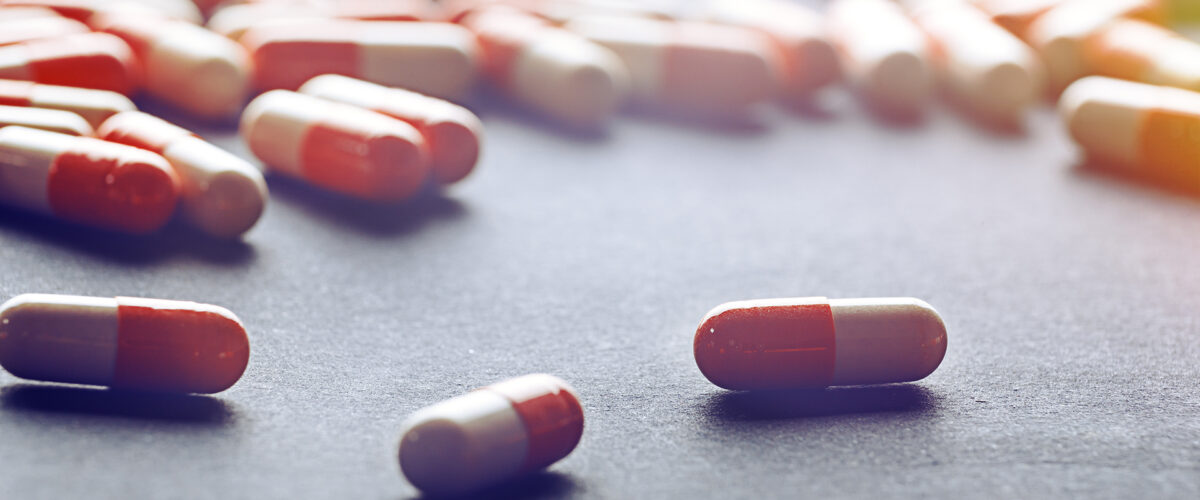article | 01 Nov 2015
Using alternative intellectual property rights to maintain and defend market share beyond patent protection for pharmaceuticals

Pharmaceutical products are protected by patents across the world. One aspect of patent protection is that it prevents generic companies from entering the market. This often results in parallel litigations concerning both patent validity and patent infringement in many different countries. However, the term of patent protection is limited to 20 years, resulting in patent holders using alternative measures to maintain and defend their market share beyond patent protection. These measures may of course include additional patent applications for i.a. improved forms of administration and new indications. In addition to this, we now see a growing number of attempts, in the later stages of a patent portfolio’s life cycle, to protect the “look and feel” of pharmaceutical products through in this field alternative intellectual property rights, namely trademark and design. In this article, we have described opportunities and challenges of protecting pharmaceutical products through trademarks and designs from an EU perspective.
How to maintain and defend market share beyond patent protection using trademark and design rights
Trademarks and designs protect different aspects of pharmaceutical products compared to patents. These alternative intellectual property rights can be used to protect the “look and feel” of the products including (1) the product appearance, including its shape and colour, and (2) the packaging of pharmaceutical products, including cartons, containers, bottles, etc.
During the patent protection period, consumers learn to appreciate and recognise the original pharmaceutical product, creating brand loyalty. In some cases, brand loyalty may be related to the actual “look and feel” of the original product. If the “look and feel” of pharmaceutical products is protected by trademark or design rights, it becomes more difficult for generic companies to launch substitutes resembling the appearance of the original products. Original manufacturers may therefore maintain and defend their market share beyond patent protection because consumers are willing to continue to pay a higher price because of brand loyalty and/ or reasons of usability associated with the shape of the original
products. In summary, generic substitution may become more difficult in situations where original manufacturers have used trademark and design rights to protect the “look and feel” of their products.
Challenges and opportunities of trademark protection
At the beginning of 2016, a new trademark regulation entered into force in the EU.
According to Article 4 of the new regulation:
“an EU trade mark may consist of any signs, in particular …colours, the shape of goods or the packaging of goods … provided that such signs are capable of:
(a) distinguishing the goods or services of one undertaking from those of other undertakings;”
Trademarks consisting of colours, the shape of goods or packaging of goods are often referred to as non-traditional trademarks, resembling the US concept of “trade dress”. Once registered, the term of protection is, subject to timely renewals, indefinite. However, the biggest obstacle that applicants face when trying to protect such non-traditional trademarks in the EU is showing that the mark is capable of distinguishing the goods or services of the applicant from those of other companies. Such distinctive character must be assessed, on the one hand, in relation to the goods or services covered by that mark and, on the other, to the presumed expectations of the relevant class of person. The latter shall be understood as an average consumer of the category of goods or services in question who is reasonably wellinformed, observant and circumspect (see, to that effect, judgments in C‑363/99, Koninklijke KPN Nederland, paragraph 34 and the case law cited therein; C‑353/03, Nestlé, paragraph 25; C‑217/13 and C‑218/13, Oberbank, paragraph 39).
No stricter criteria shall apply for shape marks compared with traditional trademarks. That said, it has proved to be more difficult to acquire acceptance for non-conventional trademarks being distinctive, as such marks will not necessarily be perceived by the relevant public in the same way as traditional word or figurative marks (see judgment of C-136/02 P, Torches, paragraph 30). Despite the fact that a trademark is non-distinctive, it may still be registered provided that it has become distinctive in relation to the goods or services for which registration is requested as a consequence of the use that has been made of it, known as acquired distinctiveness.
In summary, although there is a theoretical possibility for pharmaceutical companies to register the shape of their pharmaceutical products and of the products’ packaging, this may prove to be difficult in practice, at least within the EU. This finding is confirmed by the number of refused and withdrawn EU trademark applications for shape marks that seek protection for pharmaceutical products. A decision from the General Court (T-654/13) is also a good example of this. The case related to the registrability of a 3D mark for the shape of a red and white plastic container for pharmaceutical preparations.
The General Court confirmed the decision of the EUIPO Board of Appeal that the mark was non-distinctive. The applicant claimed that the combination of the colours red and white and the particular shape of the container made it distinctive. According to the General Court, white is generally associated with hygiene and red with warning within the relevant sector and did not make the mark distinctive. The Court did admit that the shape of the container departed from the norms and customs of the sector but concluded that it did not depart sufficiently to make the mark distinctive.
Challenges and opportunities of design protection
It is possible to protect the “look and feel” of products not only by using trademarks but also by using designs. One of the major benefits of designs over trademarks is that designs do not have to satisfy the condition of distinctiveness.
According to Article 3 of the EU Community Design regulation:
“(a) design means the appearance of the whole of part of a product resulting from the features of, in particular, the lines, contours, shape, texture and/or materials of the product itself and/or its ornamentation.”
Once registered, the term of protection for designs is 25 years. The substantial requirements for design protection are novelty and individual character. According to Article 5 of the EU Community Design regulation, a design shall be considered new if no identical design has been made available to the public prior to the date of the relevant design application. According to Article 6 of the same regulation, a design shall be considered to have individual character if the overall impression it makes on the informed user differs from the overall impression made on such a user by any design which has been made available to the public. In the EU, applicants may enjoy a grace period, which means that disclosures during a period of 12 months prior to the date of filing the application for a registered Community design do not mean that the design’s novelty is destroyed.
When filing an EU design application, the examining office, EUIPO, only examines the application for formal requirements, i.e. design applications are not examined in terms of meeting substantial requirements in the EU. This results in reasonable doubt of the validity of many EU registered designs. However, in proceedings in respect of an infringement, designs are presumed to be valid, which is why they can have both a deterrent effect and be powerful tools when claiming interim injunctions despite potential doubts concerning validity.
Concluding remarks and recommendations
By way of conclusion, and from the perspective of original manufacturers of pharmaceuticals, the eligibility of new pharmaceutical products and their packaging for trademark and design protection should be considered and possibly taken into account when designing the “look and feel” of new products. Potential design applications should be filed before launch of the pharmaceutical products, or, as may be more relevant from an extended time protection scenario, before the launch of new design packaging and before the end of the patent protection period but in time to establish consumer appreciation and recognition of the new design. Although it may prove to be difficult to claim inherent distinctiveness regarding the appearance of pharmaceutical products and the packaging of such products, the distinctiveness acquired after launch could also serve as the basis for trademark registration. From the perspective of generic manufacturers of pharmaceuticals, we recommend that not only patents and trademark registrations for words and figurative marks are assessed when conducting freedom-to-operate investigations but also trademark and design registrations protecting the “look and feel” of original products.


